Sound is more than background—it’s an active, living part of your garden’s ecosystem. Recent studies reveal that natural noises, from birdsong to rustling leaves, can actually stimulate plant growth and attract essential pollinators, turning your garden into a vibrant, buzzing sanctuary.
By intentionally creating a garden soundscape, you harness these auditory cues to encourage beneficial insects, improve plant health, and even reduce pest populations naturally. The right sounds at the right time can enhance pollination and boost biodiversity without any chemicals or extra effort.
In this article, we’ll explore how to design your own natural sound environment, what sounds to include, and how to balance them with visual and tactile elements for a truly immersive and thriving garden experience.
Bird Songs
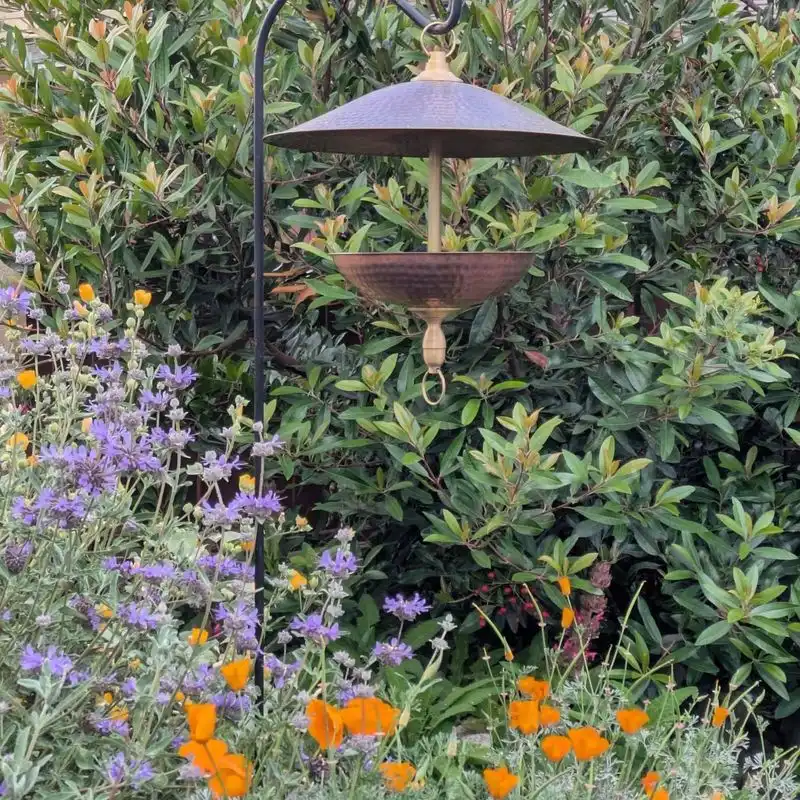
Imagine waking up to a garden filled with the harmonious melodies of birds. Studies suggest that bird songs can positively impact plant growth. The vibrations from the songs might stimulate plant cells, enhancing nutrient uptake and growth. Birds also play a crucial role in pest control, naturally balancing your garden’s ecosystem. These feathered visitors bring a symphony that not only delights the ears but also promotes a healthier garden environment.
Wind Chimes
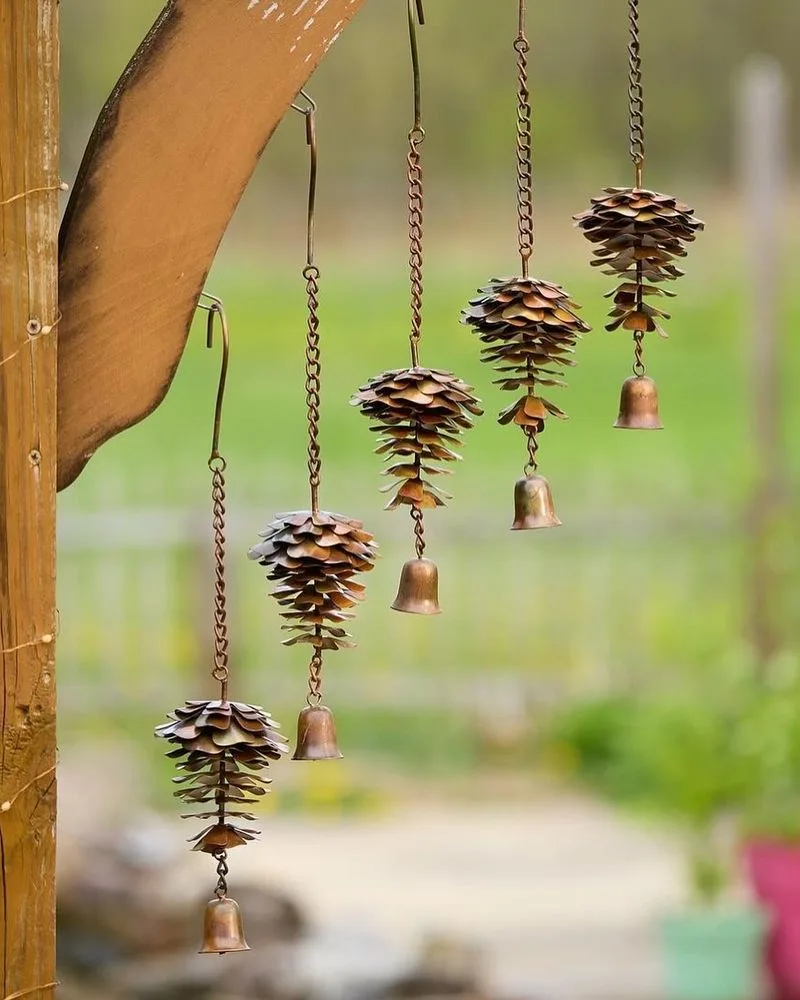
Wind chimes are more than mere decorative elements. The gentle clinking of metal or bamboo tubes can create a soothing soundscape. These sounds may aid plant growth by mimicking natural vibrations that stimulate cellular processes. Additionally, wind chimes can deter pests, creating a safer space for plants to flourish. Their aesthetic appeal adds a serene touch to any garden, making them a multifaceted addition.
Water Fountains
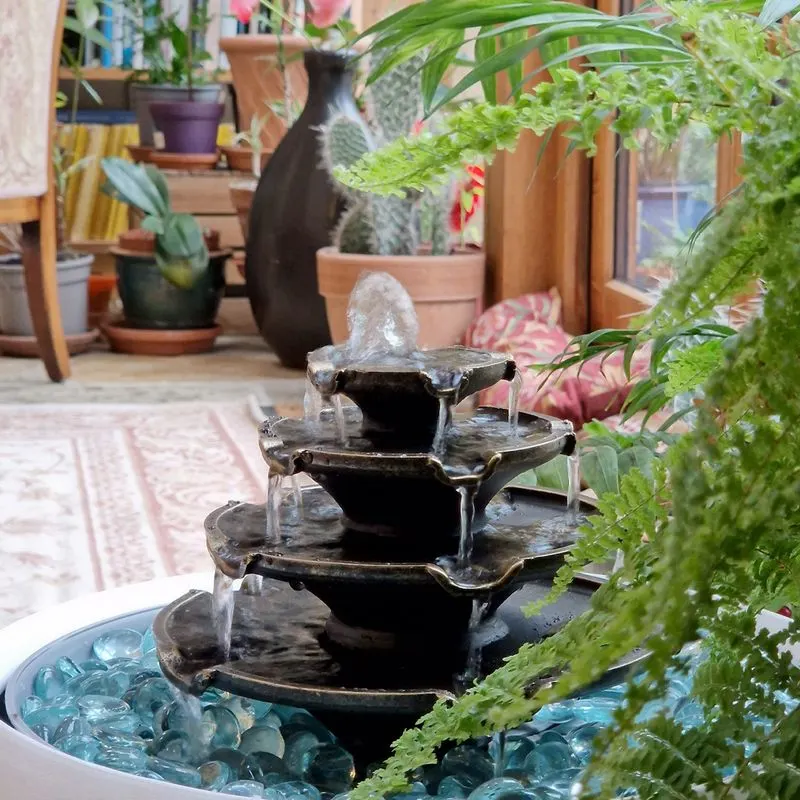
The tranquil gurgle of a water fountain can transform a garden into an oasis of calm. Beyond its soothing ambiance, flowing water generates vibrations that may stimulate plant roots, promoting growth. Water features also attract pollinators like bees and butterflies, providing them with hydration sources. This creates a win-win situation, where plants grow healthier and pollinator visits increase, enhancing overall biodiversity.
Insect Sounds
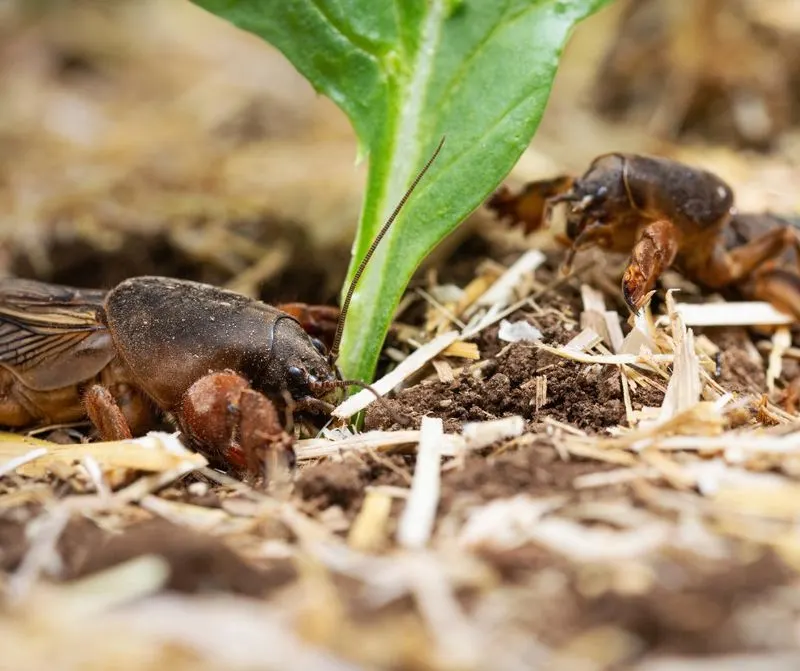
Insects like crickets add a unique layer to the garden’s soundscape. Their constant chirping might not just be for show. These vibrations can stimulate plant growth, as some research indicates. Crickets and other insects play pivotal roles in pollination and soil aeration. Their presence enriches the garden’s ecosystem, creating a vibrant, self-sustaining environment where both plants and pollinators thrive.
Rustling Leaves
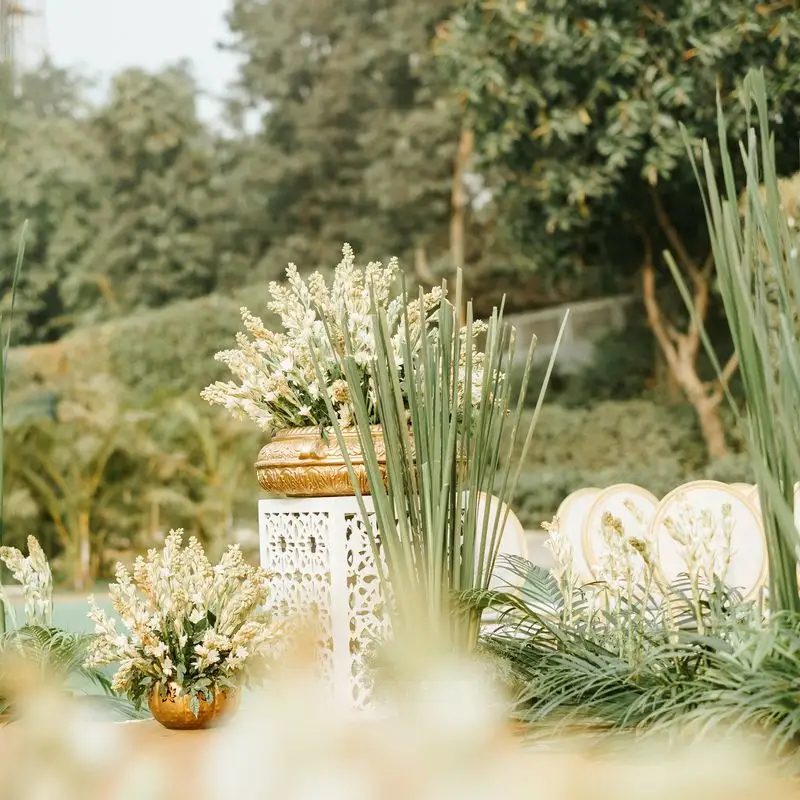
The gentle rustle of leaves in the breeze can create an ambient backdrop that many find soothing. This natural sound can act as white noise, reducing stress and promoting relaxation. There is a theory that these vibrations may also encourage healthier plant growth. This soundscape is easy to harness, requiring only an inviting array of trees and shrubs, making it an effortless yet effective addition to any garden.
Rainfall Simulations
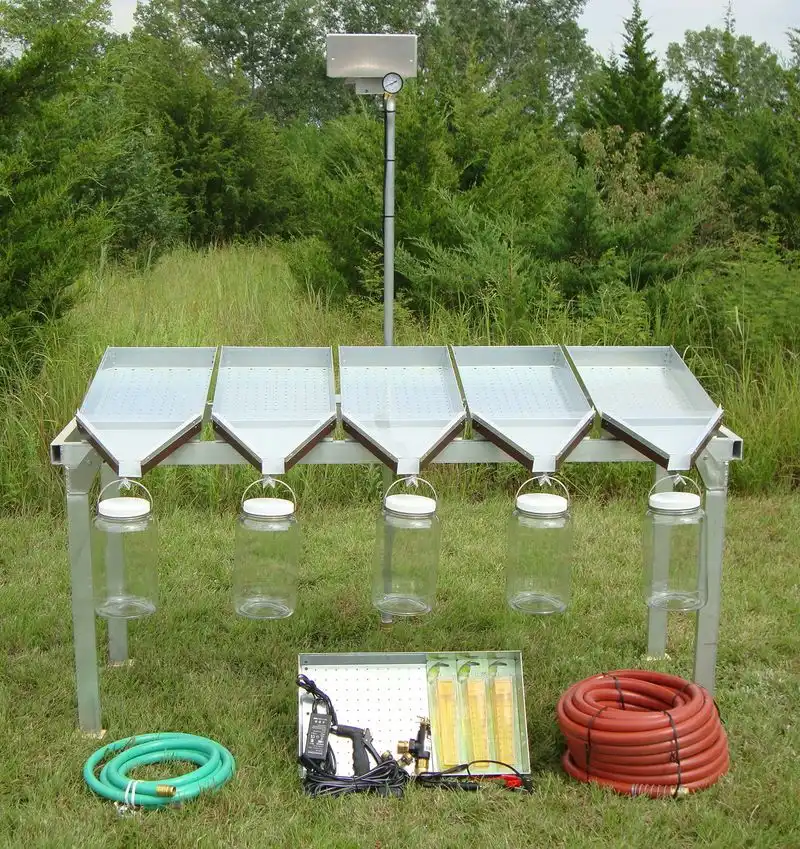
Simulating rainfall in your garden can create a dynamic soundscape. The rhythmic patter of raindrops can invigorate both plants and gardeners alike. It enhances the garden’s sensory experience, promoting relaxation. Artificial rain also helps maintain moisture levels essential for plant health. These simulations can attract pollinators seeking hydration, creating a diverse and thriving ecosystem through auditory and environmental stimulation.
Frog Calls
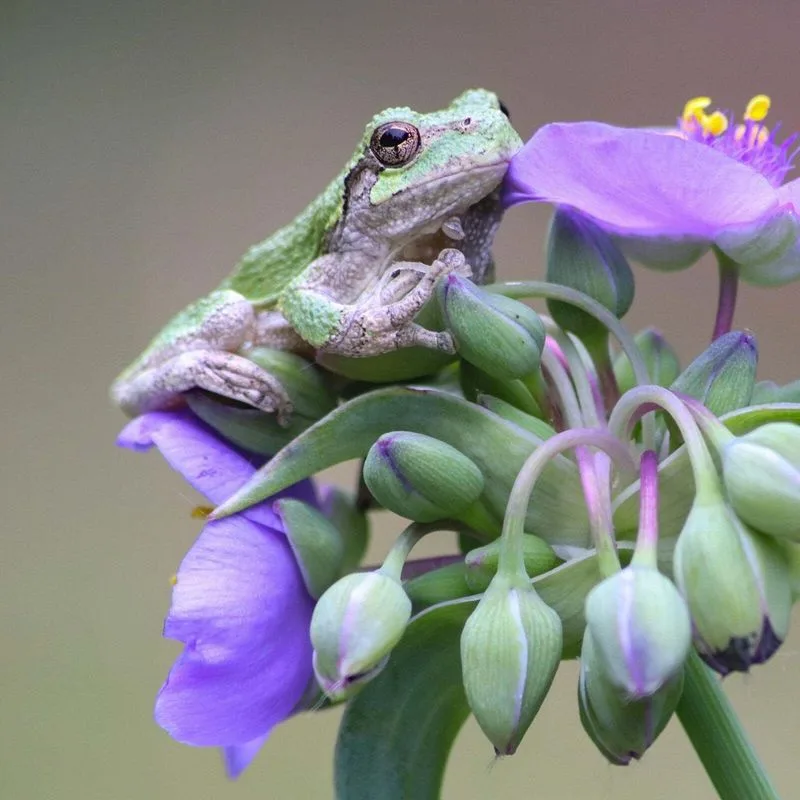
The croaks of frogs can be a welcome addition to garden soundscapes. Not only do they contribute to the auditory atmosphere, but frogs are also indicators of a healthy environment. Their calls might have an indirect effect on plant growth by encouraging insect activity, essential for pollination. Frogs also help control pest populations, creating balance within the garden’s ecosystem. Their presence can transform the atmosphere into a lively symphony of nature.

